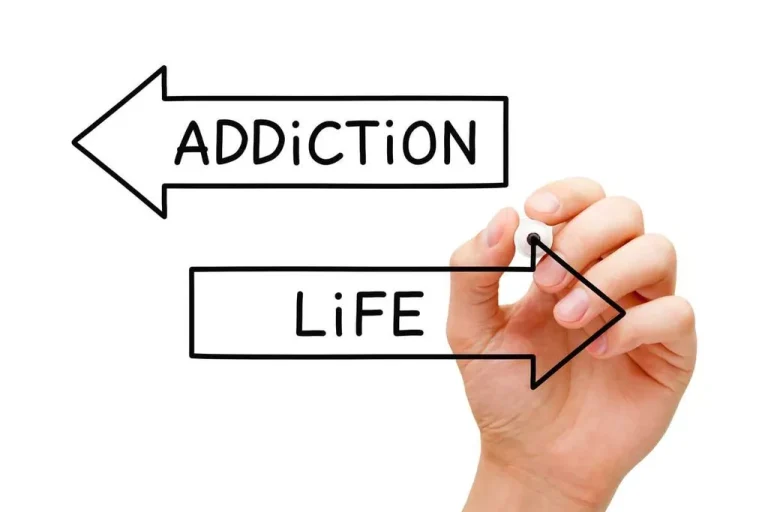
This allows your body to withdraw from alcohol and stop alcohol use entirely gradually and safely. People who develop DTs need specialized care, maybe even in an intensive care unit. Most people experience alcohol withdrawal syndrome lasting how to get rid of alcohol cravings for a few days to a couple of weeks after their last drink.
Professional Resources and Therapy
There are a variety of medications that have been proven to be effective in treating alcohol cravings. These medications can help individuals reduce their cravings as well as reduce the risk of relapse. Therapy with a trained mental health professional — particularly one who specializes in substance use and recovery — can be another great way to explore long-term changes in alcohol use. For those who are struggling to reduce alcohol cravings, medications and therapy can be beneficial. Certain medications can be used to reduce cravings, while therapy can help to address the underlying issues that contribute to addiction. Additionally, therapy can help to identify triggers and create strategies for avoiding them.
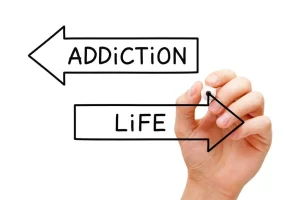
What to Do if You’re Experiencing Alcohol Withdrawals
We provide medical detox and residential treatment for alcohol and drug addiction at the United Recovery Project. Before diving into strategies for dealing with cravings, it’s important to understand what cravings are and why they happen. Cravings for alcohol are your brain’s way of trying to reintroduce a substance it has become dependent on.
- Certain medications can be used to reduce cravings, while therapy can help to address the underlying issues that contribute to addiction.
- Unravel the link between drugs and heart attacks, from prescriptions to illicit substances.
- Prescription medication may be prescribed to help manage withdrawal symptoms, and the entire process takes place in the detox wing of rehab.
- If you need additional help or guidance, don’t hesitate to reach out.
Medication
Choosing fulfilling alternatives to drinking can help manage and reduce their intensity. These strategies can empower you to navigate cravings and maintain long-term sobriety. Planning for relapse prevention can begin as soon as you enter recovery.
- Each substance interacts differently with alcohol, and using additional substances can complicate withdrawal, potentially leading to more severe health issues.
- Knowing what to expect can help you or a loved one who is struggling with alcohol addiction be better prepared and less overwhelmed with the alcohol detox process.
- DTs is a severe form of alcohol withdrawal that can cause confusion, hallucinations, and autonomic hyperactivity.
- Incorporating alcohol-free days into the week not only fosters self-reflection, it also provides clarity about the dependency on alcohol.
- But I mean, hey, the benefits of sobriety are definitely worth not giving in to those cravings.
- Alcohol withdrawal symptoms generally begin within 12–24 hours after your last drink.
For more tips on managing emotions that can trigger cravings, read our article on how to deal with loneliness in sobriety. One of the most effective ways to handle alcohol cravings is through distraction. When you feel a craving coming on, redirect your focus to a healthy activity. This can be anything that engages your mind or body—exercise, a hobby, calling a friend, or even going for a walk.
- Mild symptoms usually resolve within 5-7 days, although some individuals may experience lingering effects like anxiety and sleep disturbances.
- By understanding your triggers, practicing mindfulness, staying active, and seeking support when needed, you can effectively manage your cravings and stay on track with your sobriety.
- Dopamine, nicknamed “the feel-good hormone” is a neurotransmitter that is responsible for sleep, learning, movement, mood, and attention.
- It’s very rare for someone to never crave a substance that they were once addicted to.
Seizures can occur, and an uncommon but dangerous condition called delirium tremens can happen at this point in withdrawal. Delirium tremens has a fatality rate of 37% if untreated and is considered a medical emergency. Choosing between inpatient and outpatient treatment depends on the severity of the withdrawal symptoms, the individual’s home environment, and personal circumstances.
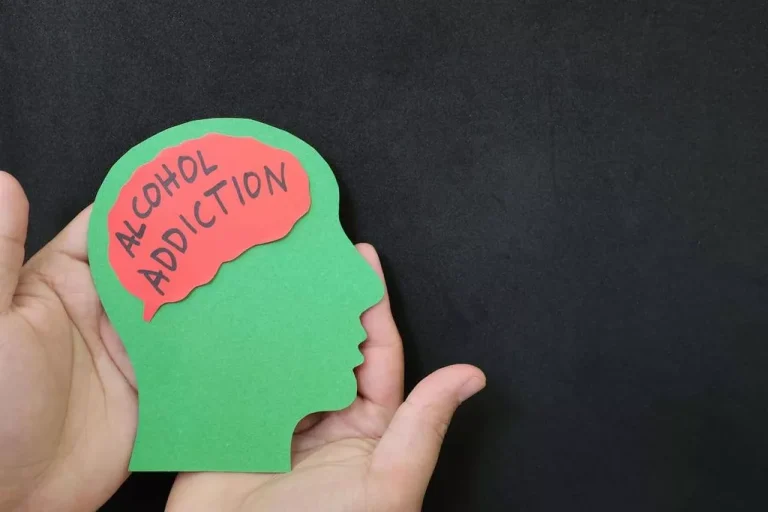
- While any scarring caused by liver inflammation (called cirrhosis) will be permanent, the effects of inflammation itself will be almost completely resolved by week four.
- Cravings for alcohol are your brain’s way of trying to reintroduce a substance it has become dependent on.
- “Alcohol cravings can be very intense, especially in early recovery,” explains Ruby Mehta, licensed clinical social worker and director of clinical operations for digital recovery platform Tempest.
- Whether through a medical detox facility or outpatient care, understanding the treatment improvement protocol can make the journey to sobriety safer and more manageable.
- What is the most critical component of a comprehensive drug treatment program?
- Cutting back on alcohol can have a tremendous impact on your health and happiness.
Navigating the Alcohol Withdrawal Timeline can be challenging, but understanding the different alcohol withdrawal stages and potential complications can make a significant difference. For those with a history of chronic alcohol use or alcohol abuse and alcoholism, the likelihood of experiencing severe withdrawal symptoms necessitates close medical supervision. Severe alcohol withdrawal can lead to dangerous conditions such as alcohol withdrawal delirium, making it crucial to have a medical professional involved. Recognizing these signs https://ecosoberhouse.com/ in oneself or others can be crucial for seeking timely intervention.
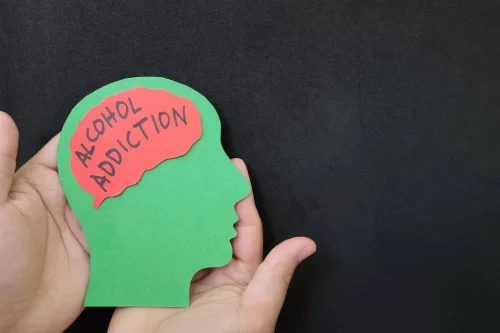
Most commonly used to treat depression, St. John’s wort may also help curb the heroin addiction urge to drink. One of the active ingredients in milk thistle extract is silymarin, which may improve liver function in people with alcohol use disorder. Yogurt contains probiotics that are beneficial for gut health, which can be damaged from prolonged heavy drinking.
How Long Does Fentanyl Stay in Your System?
You may drink to avoid certain feelings, for instance, but you also may drink to enhance certain feelings. If certain environments, scenarios and places tempt you to drink, the simplest and most effective approach may be to avoid them, at least temporarily. Understanding the three distinct components of your habit loop can help you come up with more specific strategies to overcome cravings when they pop up.
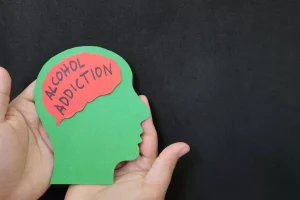
Does Ambetter Health Insurance Cover Rehab Treatment?
In the morning, you’d wake up with a splitting headache, wondering why you let yourself do it all again. You had hopes for giving up drinking, and in this movie, you’d be disappointed in yourself, exhausted, and hungover. Discover how embracing gratitude in recovery can transform your journey and foster resilience and well-being.
Leave a Reply